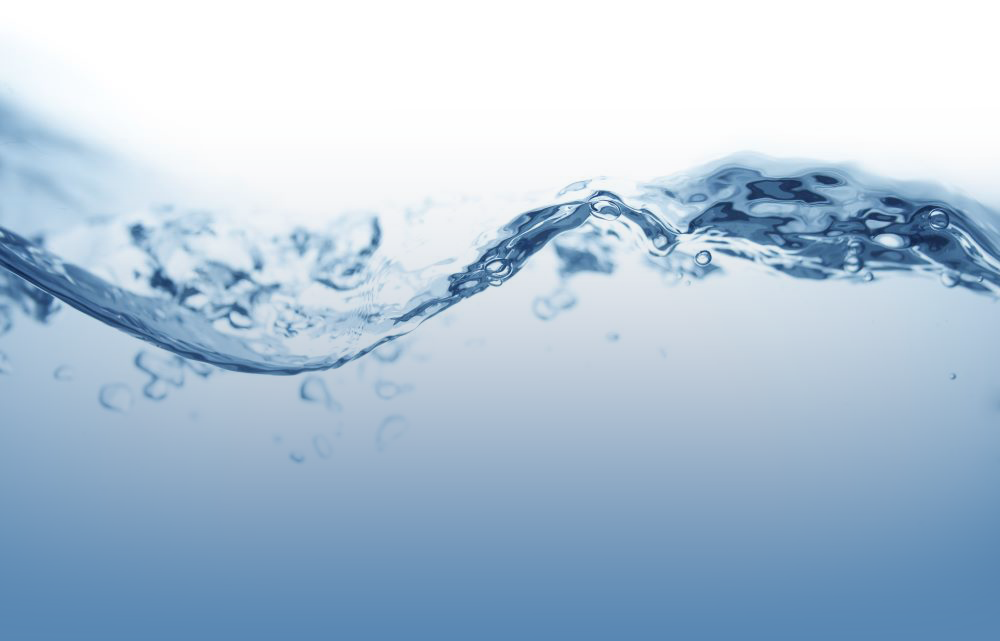

INSIGHT
The Water Industry and Affordability
Connect with us
Despite being one of the most important resources on earth, clean drinking water is often taken for granted in the U.S. Most Americans wake up, turn on their water tap, and don’t consider how much work and ingenuity is required to bring water from a source to their home. Moreover, when compared to other every-day commodities that are far less necessary for our survival, water is incredibly cheap.
Comparatively, the U.S. Environmental Protection Agency (EPA) estimates the average American family of four spends approximately $1,000 on water annually. The cost of water in the United States is generally stable. While rate increases are becoming more common, they tend to be small increase between 1 to 3 percent on an annual basis. Not to mention, water is essential to human life. Cell phones, despite how attached we might be to them, are far less essential to our survival.
Managing and sustaining a water system is a challenging and expensive job. With a significant portion of the nation’s water infrastructure nearing the end of its useful life, the cost is only going to increase when repairs and replacements become more and more necessary. A serious concern in the water industry is where the money for repairs and replacements will come from. The answer for almost every water utility in America is that the money has to come from water rates.
By far, a water utility’s primary source of revenue comes from the rates charged for water. Some states and other government entities offer grant funding, but this is very limited. Bonding and loans are also a common method of accessing capital to maintain, repair or expand water infrastructure, but these of course eventually need to be paid back, with interest. So, given the critical role water plays in the lives of every person on earth, and the upward trend in the cost to maintain a water system, the need to increase rates seems objectively justifiable. Why then, do water utilities and managers face pushback from their customers when a decision is made to raise water rates?
There are a wide range of answers to this question depending on the scenario. There is also an opportunity and need to increase education and awareness about the water industry. As stewards of the water industry, we share the responsibility of educating our communities about the expertise required to bring quality water to our residents. We owe it to our drinking water clients to assist in this process by sharing data and being honest about the time and funding required to make water infrastructure projects happen. We can begin helping our clients by advocating for conservative, yet responsible financial management in drinking water systems. This process will take time, but the value of educating our stakeholders is worth the effort.
Tell us about your project
We’d love to work with you. Tell us the services you are seeking and one of our team members will connect with you.